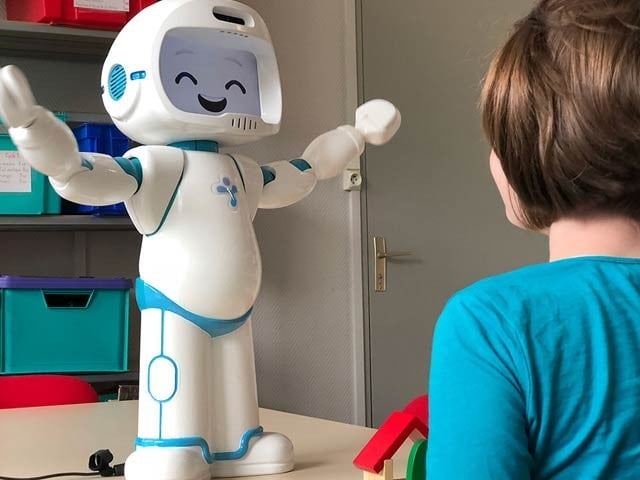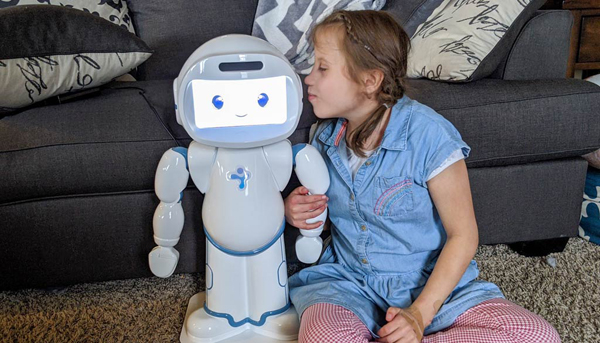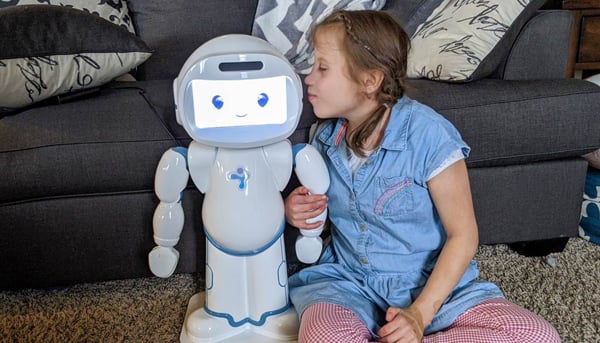
Canadian experts have developed a QT robot to teach children with autism. Photo: University of Waterloo
Victoria, Canada: In children with autism and other types of disorders, motivation and learning are severely affected. Now a modern humanitarian robot ‘QT’ has been created for these children.
University of Waterloo’s Dr. Christine Dottenhan and her colleagues have created a robot for public teaching that has had positive effects, particularly on disadvantaged students. Dr. Christine has been working on teaching robots for a long time. Now they have created a humanoid robot that can help children with various types of autism in particular.
Many engineers and academics have also taken help in the development of this robot. This robot moves its hands and head. The dog shows facial expressions on the screen and also talks to children. Children with learning difficulties can benefit from it.

Experimentally, 16 male and female students were divided into two groups. One group was taught one-to-one by the teacher and the other group was taught one-to-one as well as using QT itself. However, the robot was controlled from a tablet or smartphone. In between, the robot was brought in periodically and participated in the teaching.
If the children became bored with the teaching, the robot also helped with puzzles, games and jokes, and gave the children breathing exercises and other exercises to get them back to reading.
Experts noted that children with autism learned from and became interested in the robot. However, further investigation will be done in this regard.
(function(d, s, id){
var js, fjs = d.getElementsByTagName(s)[0];
if (d.getElementById(id)) {return;}
js = d.createElement(s); js.id = id;
js.src = “//connect.facebook.net/en_US/sdk.js#xfbml=1&version=v2.3&appId=770767426360150”;
fjs.parentNode.insertBefore(js, fjs);
}(document, ‘script’, ‘facebook-jssdk’));
(function(d, s, id) {
var js, fjs = d.getElementsByTagName(s)[0];
if (d.getElementById(id)) return;
js = d.createElement(s); js.id = id;
js.src = “//connect.facebook.net/en_GB/sdk.js#xfbml=1&version=v2.7”;
fjs.parentNode.insertBefore(js, fjs);
}(document, ‘script’, ‘facebook-jssdk’));



